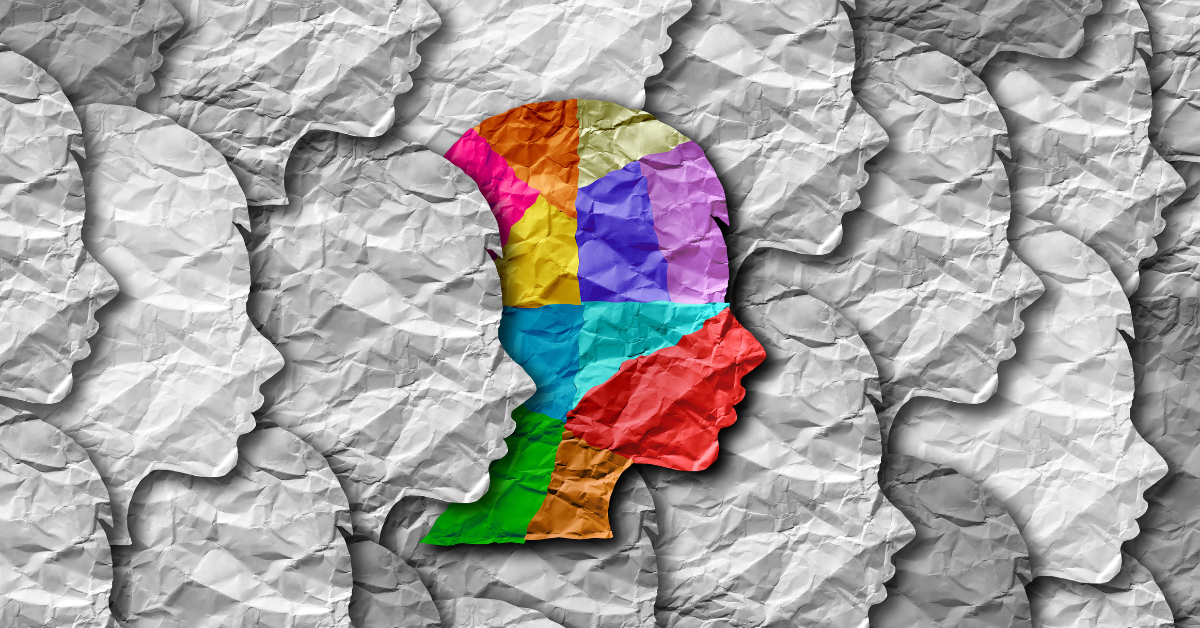As a parent, you want your little ones to learn all they can and grow up to be the best version of themselves.
But you might notice something different about them right from their time in elementary through to middle school and beyond—your child has a hard time reading, has speech problems, or reverses letters or numbers when writing.
These are symptoms of a learning difference. While your child might experience some difficulty in one or more areas of learning, it doesn't mean they're any less intelligent than the other kids in school. The silver lining is that since learning differences often accompany coexisting conditions, a situation known as a comorbidity, diagnosing these co-occurring conditions can help with treatment—let's dive right into it.
Understanding Related Diagnoses of a Learning Difference
Did you know that about 50% of people with a learning difference will have one or multiple accompanying conditions? When two or more conditions occur concurrently, you're looking at comorbidity. While there's no known link between comorbid conditions (since it's difficult to distinguish whether one condition exists due to the other), researchers have found that multiple conditions will manifest at the same time a learning difference occurs.
Usually, the coexisting conditions will be neurologically based. That can occur when something affects the brain as it develops. The issue could be in the part of the brain that impacts learning, but something could also go wrong in other parts. That's when these comorbid conditions occur.
Most co-occurring diagnoses are chronic and extensive; you're likely to continuously notice them as your child grows. Addressing coexisting conditions forms a big part of treating learning differences. Read on for more information.
The Coexisting Diagnoses in Details
Attention Deficit Hyperactivity Disorder
If you have a child with a learning difference, you've probably heard of attention deficit hyperactivity disorder. It's a cortical-based problem and the most common diagnosis coexisting with a learning difference. But that's just the tip of the iceberg—over two-thirds of people diagnosed with ADHD typically have multiple other co-occurring conditions, and that's where the list becomes long.
ADHD symptoms include hyperactivity, impulsivity, fidgetiness, and frequent interruptions. Your child could also have a tough time staying still or is inattentive most of the time, which causes them to be disorganized. Note that these symptoms could mask many more, making it difficult to diagnose other co-occurring conditions.
Anxiety
Children with anxiety usually have bad days both at home and in school. They spend most of their time worrying about their daily activities rather than actually completing such tasks. If the anxiety level heightens, the child may break into sweats, have an increased breathing/heart rate, or even experience panic attacks.
Anxiety usually results from multiple aspects of everyday life. For instance, a child who experiences separation might fear being alone, while the one with social anxiety may worry about being in public places. This condition could also affect general aspects of life, whereby your child constantly fears what'll happen in the future.

Depression
Kids with ADHD often fall into depression after failing to keep up with other kids or having difficulty controlling ADHD symptoms. A depressed child will have a lasting feeling of hopelessness and sadness. Without any happiness, they might not put any effort into daily activities.
This condition could come with an irritable mood, fatigue, slow thinking, agitation, unnecessary anger, and a feeling of worthlessness. If unchecked, the child's emotional stability might be at risk.
Dyslexia, Dyscalculia, Dyspraxia, and Dysgraphia
Have you wondered why learning differences, more often than not, co-occur with ADHD? It's because both affect the executive functions of the brain. While dyslexia and dyscalculia are the most known coexisting learning differences, some children with ADHD get dyspraxia and dysgraphia diagnoses.
Diagnosing each condition entails checking the symptoms:
- Dyslexia comes with trouble recognizing words and sometimes poor spelling.
- Dyscalculia is similar to dyslexia, but for numbers instead.
- Dyspraxia occurs in children with developmental conditions, whereby kids can't coordinate their physical movements.
- With dysgraphia, the child strains when writing.
Mood Swings
Does your child exhibit sudden mood changes? One minute they're happy and the next sad, or they are comfortable now and irritable within split seconds. These sudden shifts in emotions could eventually transition into extreme anger, sadness, bitterness, and temper flare-ups.
Mood swings could also co-occur with other grave conditions, including clinical depression, mania, and bipolar diagnosis. It can be difficult for children to maintain personal relationships with such a diagnosis.

Tics and Tourette Syndrome
Tics describe sudden, involuntary movements or vocals that occur intermittently. On the other hand, Tourette syndrome is the severe version of tics. While few kids with ADHD have a coexisting Tourette Syndrome, most with Tourette Syndrome will have ADHD.
When tics and Tourette syndrome occur for a long time, they could affect social lifestyles. Your child might prefer to stay indoors or be alone most of the time to avoid interactions.
Sleeping Difficulty
Most children with ADHD and other coexisting conditions get sleep disturbances. Think about how physically draining you feel after losing a few hours' sleep? Now imagine your kid struggling to fall asleep sleep every day.
A sleep problem can be problematic, especially for children with ADHD. Remember that they may already be overactive, so losing sleep will take a toll on their emotional and physical well-being. There's also the possibility that ADHD symptoms might exacerbate.
What Next After the Diagnosis?
It's best to speak to your family physician for proper diagnosis and treatment once you suspect your child has a learning difference and other coexisting diagnoses. If that fails, your doctor may refer you to a child, adolescent, or general psychiatrist. Also, you could talk to a mental health professional if your child seems to have an emotional problem, including a bipolar diagnosis.
Always remember that a learning difference may come with multiple other conditions. It's imperative to seek expert help promptly to begin the necessary interventions. Physicians tend to prefer treating ADHD before other diagnoses to minimize stress and enhance the ability to cope with the symptoms of the rest of the comorbidities.
Eagle Hill School Can Help Your Child
At Eagle Hill School, we help children with learning differences to gain reading, writing, self-advocacy, and independent skills. Custom learning experiences ensure our programs meet each child's unique needs. Attend a Virtual Open House to learn more about our institution.


